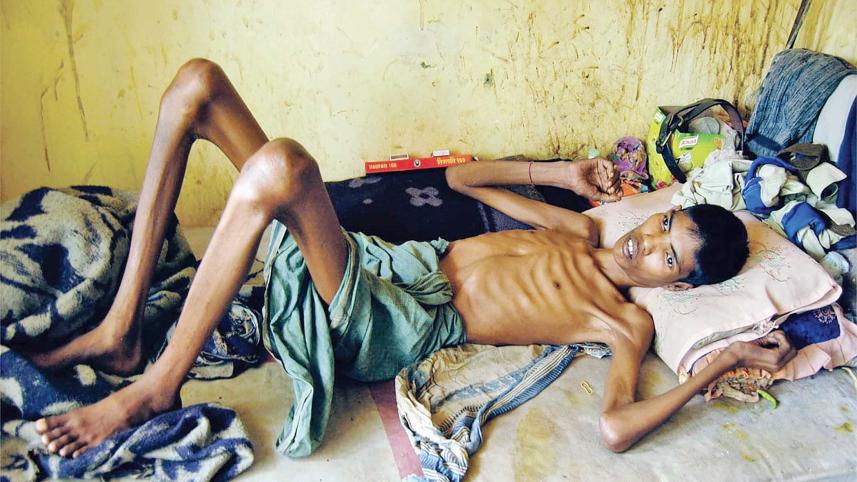Genome sequencing to identify drug-resistant TB strains

On 20th October 2021, the 52nd Union World Conference on Lung Health (WCOLH) researchers presented data from a study that used genome sequencing to effectively predict tuberculosis (TB) strains susceptible to antibiotics that were likely to develop drug resistance, says a press release.
The researchers looked at drug-susceptible microorganisms for changes that increased the risk of future resistance. "Pre-resistance" mutations confer by targeting bacteria that are more prone to drug resistance; these alterations could help slow the spread of drug resistance. They found that Isoniazid mono-resistance backgrounds have a much higher risk of acquiring further rifampicin resistance than susceptible backgrounds.
A clinical trial led by Médecins Sans Frontières/Doctors Without Borders (MSF) has found that a new all-oral six-month treatment regimen is safer and more effective for patients with Rifampicin-resistant (RR-TB) than the currently accepted standard of care.
The trial compared a six-month regimen including Bedaquiline, Pretomanid, Linezolid and Moxifloxacin (BPaLM) with the locally accepted standard of care. It was reported that 89% of patients in the BPaLM group were cured, compared to 52% in the standard of care group. Another trial was conducted on the feasibility and yield of systematic TB molecular testing in children with severe pneumonia in countries with high tuberculosis incidence.
TB is common in children with pneumonia. Still, it is only considered if the child has a history of prolonged symptoms or fails to respond to antibiotherapy, thus leading to missed or delayed TB diagnosis. Therefore, the feasibility and yield of systematic TB detection using Xpert MTB/RIF Ultra (Ultra) on nasopharyngeal aspirates (NPA) and stools in children with severe pneumonia were assessed.
Children aged 5 years were followed up for 12 weeks. In this sizeable multicentric study, 7% of children with severe pneumonia were diagnosed with TB in the intervention arm. Combined NPA and stool samples showed high feasibility in this vulnerable population and contributed to microbiological confirmation in 30% of TB diagnoses.
Recently, a trial on the efficacy and safety of a 4-month Rifapentine-Moxifloxacin regimen for tuberculosis in adolescent participants was performed. Persons aged 10-19 with TB account for approximately 10% of the global burden. A randomised, open-label, phase III treatment shortening trial for pulmonary TB compared two high-dose 4-month rifapentine regimens (with or without moxifloxacin) to the standard 6-month regimen. The study demonstrated the non-inferior efficacy of the rifapentine-moxifloxacin regimen compared to the standard regimen.
To better understand outcomes among adolescents with TB, we examined efficacy and safety data from this trial in this participant sub-group. A total of 2,516 participants were enrolled in the study. Among 63 adolescents in the primary analysis group, the proportion with unfavourable outcomes was 5%, 8%, and 11% in the control, Rifapentine-Moxifloxacin, and Rifapentine regimens.
Among 67 adolescents who started study treatment, there were no severe adverse events (SAEs) and no deaths among adolescents. 59 (87%) completed at least 75% of the intended regimen, and 43 (63%) completed at least 95%. Therefore, the four-month rifapentine-Moxifloxacin regimen can be used in the adolescent population.
 For all latest news, follow The Daily Star's Google News channel.
For all latest news, follow The Daily Star's Google News channel.